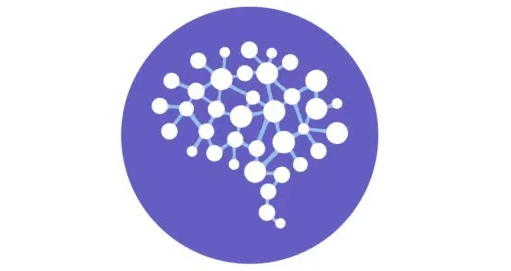Along with being uncomfortable, hemorrhoids are uncomfortable to talk about which may in part explain why little research has been done on the condition.
But a large new international study published recently identified more than 100 regions in the human genome that contribute to the risk of developing hemorrhoids. The research offers important insights into why some people develop the condition and others don’t.
Smooth Muscle
Using genetic data from almost one million individuals, as well as analysis of tissue samples, the researchers zeroed in on genes involved in controlling the function of “smooth muscle function.” Smooth muscles are found in the walls of organs like the intestines or stomach and work automatically.
“Our findings indicate that hemorrhoidal disease results, at least in part, from dysfunction of smooth muscle, epithelial and connective tissue,” said Professor Andre Franke of the Institute of Clinical Molecular Biology at Kiel University, Germany. “This points to specific mechanisms in an otherwise poorly characterized common condition. (It) may lead to the development of additional non-invasive therapeutic options in the long run.”
Franke and Professor Mauro D’Amato of the research institute CIC bioGUNE in Bilbao, Spain coordinated the study. The work included data from the UK Biobank and from 23andMe customers who consented to participate in research.
Common Condition
About one in 20 Americans and almost half of those over 50 have experienced the condition, according to the NIH. But hemorrhoidal disease hasn’t been well studied. Researchers remain unsure about the exact molecular mechanisms for the condition or why some people develop them and others don’t.
In this latest study, the researchers identified new genetic associations for the risk for hemorrhoids. But they also developed a risk model to calculate the likelihood of developing the condition. The use of what are called polygenic risk models. These risk models allow for the use of many hundreds, or even thousands, of genetic variants to calculate risk. Some of these models also include other factors, to improve the risk calculation. Those other factors might include such things as lifestyle and environmental influences. In this case, the researchers used only genetic data to create a risk model and then tested it in independent cohorts. Higher scores were associated with increased risk for hemorrhoidal disease. Higher scores were also associated with younger age at diagnosis, and the need for surgery. (Currently, 23andMe does not offer a report on hemorrhoidal disease.)
The risk model could ultimately help to identify people at increased risk of developing hemorrhoidal disease. This would allow them to more closely monitored and to a greater degree benefit from preventative lifestyles, according to Professor D’Amato.
You can read more about the study in the journal Gut.




